Shillong is said to be named after Lei Shillong, the deity of the Khmer people who were the first ones to inhabit this place. The highest peak on this land was considered to be an abode to their deity.
The Inhabitants of this Fine Land of Shillong
Since the times of the Khmer people to present days when the Garos, Khasis and Jaintias form the major three tribes living in Shillong, has a unique blend of different cultures & tradition. These three tribes form the majority of its population today.
The Garos are divided into several sub-tribes that include the Awe and Chisakand and these sub-tribes are further grouped into different sects and clans. The clans are also grouped further. So, Shillong’s population has a vast chained hierarchy of many groups and their subgroups. All these add a personal element to the diverse cultures being followed people. Apart from these major tribes, People living in Shillong is inhabited by considerable Bengali and Nepali communities as well.
Nearly half of the state’s population comprises of Christianity followers which are the reason for great influence of the Christian missionaries set up here. A number of people have resided the city from outside during its development and modernization phase. The Khasi and Jaintia communities still formed major ethnic groups here. The children take up their mothers’ family name and clan and the eldest brother is responsible for taking most of the family decisions.
Festivals: A Way for Thanksgiving
Festivals are the ones which symbolize the traditions and myths of all tribes. Thanksgiving festivities form a major part of the festivals celebrated here. The Khasi tribe celebrates thanksgiving by the name of ‘Shad Suk Mynsiem’ where they perform harvest dance for consecutive three days. Young girls and men dance to show their gratitude for a good spring harvest wearing beautiful silver and gold ornaments. The Jaintias name their thanksgiving festive time as the ‘Behdiengkhlam’, which is celebrated to drive away the deadly plague or any bad luck from the land. The Garos celebrate ‘Wangala dance’ with a dance on the sounds of a hundred drums as their thanksgiving dance during the autumn harvest.
Livelihood and Lifestyle of Shillong People
Shillong is primarily an agrarian society but with the developments and modernization that has occurred here, Shillong is now open for manufacturing, mining, and tourism. The warmth, hospitality and genuine pleasure of being hosts to outsiders are an inseparable part of the lifestyle of the regional people. This kind gesture is very much indigenous to this land. The people are exceptionally hospitable and friendly and will greet you with utmost courtesy.
A Kwai or a betel nut along with some rice and beer is offered here as a gesture of friendship and you must accept it with gratitude and appreciation. Most of the young, rich and poor love being served with this foodstuff. Some of the traditional delectable cuisines include Momos, Tung Rymbai, Jadoh, Ki Kpu, Nakham Bitchi, Mylliem Chicken, Pudoh, Putharao, Kyat, Tit Tung, Pickled Bamboo Shoots and Rice Beer. You need to taste these exclusive cuisines for a complete Shillong trip experience.
Shillong Traditional Dress
The traditional clothes of this beautiful city in the North East reflect the beauty and serenity of the hills. A Khasi woman is more likely to be dressed in ‘Jainsem’, which is a two piece dress affixed at the shoulder and covered with a shawl well known as ‘Tapmohkhlieh’. This is the traditional dress of Khasi tribes.
The Jaintias are also known to wear the same costume. Khasis wear a ‘Dhara’ on occasions while the Jaintias wear a ‘Jaintia sari’ or ‘ryndia and muka’. The native men will be seen in a half coat, dhoti, and turban.
Thank you, for reading my blog. Hope you like it.
Please leave your comment and share it.
Thank you.
Discover more from Travel n' Thrill
Subscribe to get the latest posts sent to your email.
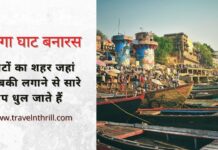
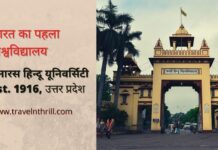
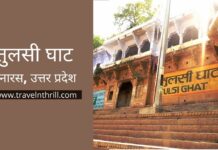
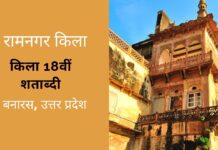
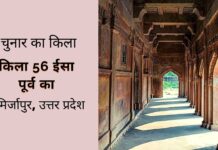

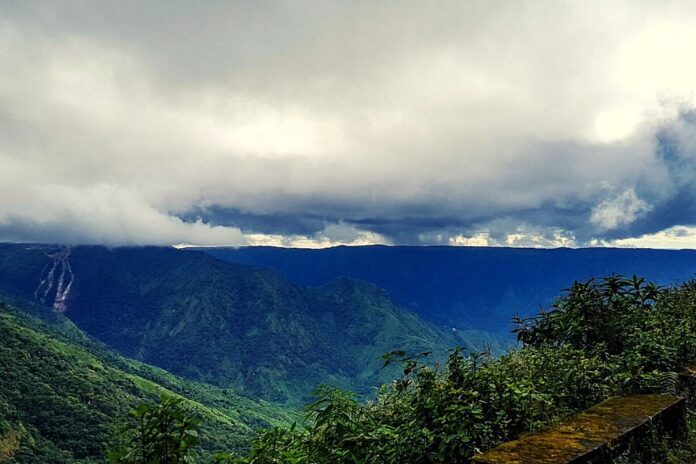
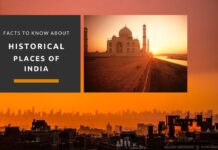
![Kamakhya Temple – A Mysterious Bleeding Goddess Complete Guide 2025 [Updated] kamakhya temple](https://travelnthrill.com/wp-content/uploads/2020/06/kamakhya-temple-218x150.jpg)





